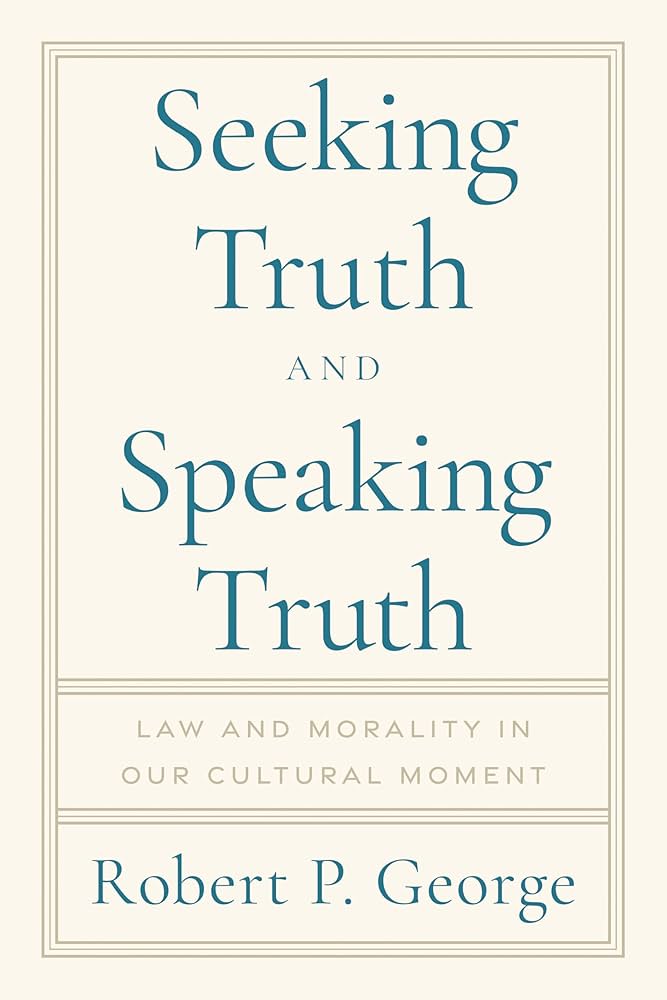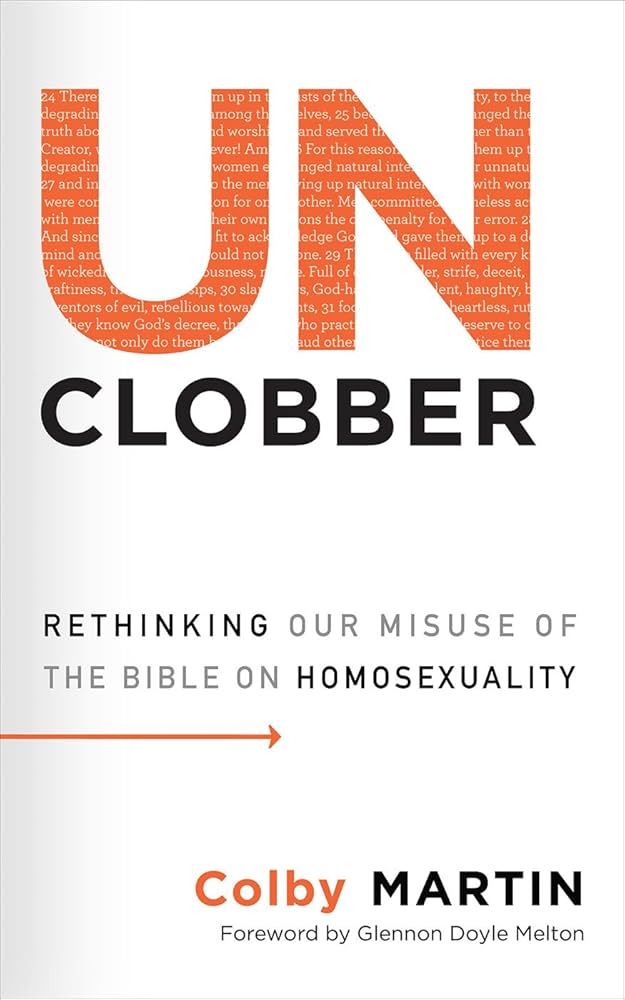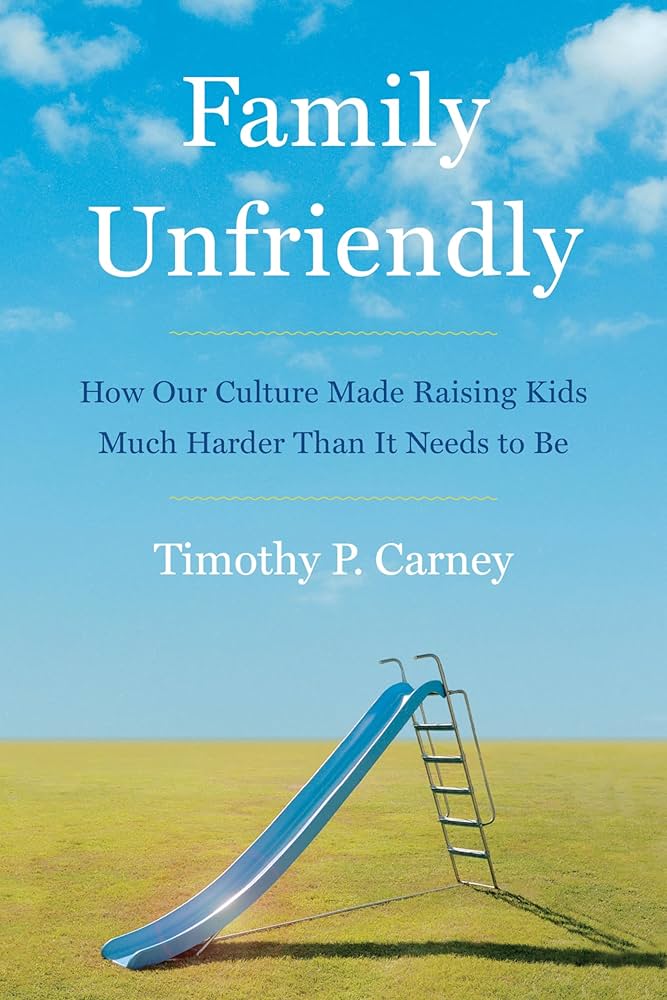Q. What is Scripture’s basic teaching on the natural differences between men and women?
A: The basic scriptural teaching on the sexes is that God designed men and women in different ways and for different purposes. To say this another way, the Bible teaches that: (1) men and women are not the same, (2) the differences between men and women are meaningful features of God’s design, and (3) the failure to embrace divinely instituted sexual differences is therefore harmful to life and doctrine. These teachings begin in the very beginning (Gen 1–3), where Moses records the origins of the first man and woman with careful detail, showing God’s deliberate creation of each sex. The man is formed from the ground, named after the ground, commissioned as a royal priest, and connected with working the ground (Gen 2:7, 15, 20; 3:17–19). The woman is created for the man (to be his helper), built from the man, named after (and by) the man, and connected with her capacity for bearing children (Gen 2:18, 22–23; 3:16, 20). There is significant asymmetry here, but also harmony.[1] God not only made men and women different from each other but also different for each other, that is, with mutually beneficial complementarity. In this way, God’s creation of men and women both precedes and explains the differing imperatives he gives to each. For “God is not a God of confusion but of peace” (1 Cor 14:33); therefore, there is consonance between what God created and what he commands.[2] This is why men may do some things and must do other things but cannot do all things. The same is true for women. Hence, while “there is no male and female” so far as access to the gospel is concerned (Gal 3:26–28), there is male and female in God’s design, and his design is “very good” (Gen 1:31).
Q. What is the relation between the natural law and the natural differences of men and women?
A: I take “natural law” here to mean those aspects of the moral law that God made discoverable by our encounter with the created order.[3] In other words, when humans think clearly, we can learn something of how to live based on our observations of the world God made (see Prov 6:6–11 and Rom 1:19–21). Paul makes this point in 1 Corinthians 11, concluding his instructions to men and women not with the assertion, “The Bible tells me so,” but with the rhetorical question, “Does not nature itself teach you [these things]?” (1 Cor 11:14).[4] And while we cannot always draw straight lines from the natural world to the moral one — sharks eat their young; praying mantises eat their mates; dogs eat their own excrement — some things are so obvious they cannot be denied.[5] Among those obvious truths are the fact of male and female (we are different) and the necessity of male and female (without which there is no procreation). Looking at men and women specifically, we also see patterns of being and behavior that persist across vast stretches of time and cultural difference. Some of these align with what Scripture commands, while others show the corrupting effects of sin. Yet even the latter cases show that men and women have distinct tendencies to sin in different ways (e.g., men commit far more violent crimes) — a fact the biblical authors recognize and address (e.g., 1 Tim 2:8–10). So, then, nature can teach us that men and women are different and something of how we are different, but it cannot tell us (much) about why we are different or what we should do with these differences. For a full account of the sexes, we need to look at the world God made and listen to the Word he gave.
Q. How should natural differences between men and women inform their roles in the home, church, and society?
A: The God who knows the end from the beginning (Isa 46:10) did not create sexual differences without reason, nor does he give arbitrary commands. For among the good works “God prepared beforehand” for us to do (Eph 2:10) we find callings unique to each sex. God designed men and women for specific vocations, and he tailored these vocations to our differing natures. Thus Adam was told to work and keep the garden (Gen 2:15; cf. 3:19), but not because men “just so happen” to have superior strength (1 Pet 3:7). Rather, God gave Adam and his sons the capacity for greater strength (Prov 20:29; 1 John 2:14) because he means for men to provide (work) and protect (keep). Similarly, the Lord did not make the husband “the head of his wife” (Eph 5:23) without giving him various capacities needed for the role.[6] The same goes for the men God calls to lead his church, who must be exemplary husbands (1 Tim 3:2) and fathers (1 Tim 3:5) as well as providers (John 21:17) and protectors (Acts 20:28; Titus 1:9). Corresponding to this, activities unique to women (e.g., conceiving and breastfeeding children) say something about feminine vocations. This is why gender-specific lists in the New Testament tend to highlight a woman’s capacity to nurture, to show hospitality, and to exhibit compassion (e.g., 1 Tim 5:9–14). This also explains why women are told “to love their husbands and children” (Titus 2:4–5). Such a domestic emphasis suggests not only a vocational priority but also a corresponding nature designed for the role. Taken together, the biblical indicatives that inform and imperatives that instruct can help us reason wisely about what is most “fitting” for men and women in various spheres of life.
Q. Where is the Christian teaching of male-female natural differences most at odds with the prevailing narrative regarding men and women in the Western world?
A: Objective views of nature and of divinely established purposes stand starkly opposed to the egalitarian wish-dream that anyone can be anything they want to be. This is true on many levels,[7] but it is particularly pertinent to the West’s contemporary confusion about the sexes. For we live in an age which thinks that, if all persons do not have identical opportunities or responsibilities for any unchosen reason (even a natural or embodied one), then some injustice must be afoot. Hence people now insist a man can be a woman if he wants to be. This is not mere gender confusion; it is open rebellion against the entire category of nature and the truth that to be male or female means to be born into a predetermined pattern for human life. Whether or not most moderns have heard of Jean-Paul Sartre, they have fallen for his lie that “existence precedes essence,” that life does not come with any fixed substance or shape. Thus we say, “Life is what you make of it,” and by extension, the same is true of male and female. We are free to determine what it means to be a man or a woman, the thinking goes, and therefore no one can tell anyone what may or may not be done. It is here that the Christian teaching on nature, in general, and on the sexes, in particular, is most at odds with the modern West. We believe in a God who made male and female (Gen 1:27) and who determined how the sexes are formed as well as what the sexes are for. He says to each man and woman both “thou shalt” and “thou shalt not.” And this is what a world that worships the myth of unbounded freedom is able to tolerate least.
Q. What do you see is the greatest temptation or strongest challenge to Christian faithfulness with regard to male-female natural differences?
A: The greatest temptation facing evangelical Christians is not to deny what God says about men and women but to downplay the significance that God gives to male and female differences. Giving in to this temptation takes on various expressions. Many pastors avoid teaching on the subject of sexual differences altogether. “Just preach the gospel,” they say, as if that were the only truth in the Bible.[8] In this way many congregations are filled with Christians who are functionally androgynous and who recoil at the Bible’s gender-specific exhortations. Other pastors address the subject when they are forced to do so, yet they adopt a rueful tone, as if to apologize for what God says is good. Some churches invent an unbiblical distinction between “pastors” and “elders” so they can appoint women as chimerical “non-elder pastors.”[9] Other professedly complementarian churches permit women to preach but not to pastor. And still others adopt novel practices like “women-led Sundays,” where everyone on stage during the service (except the preacher) is female. All these initiatives are little more than a temporary pressure-release valve for folks who are caught between a culture that wants to “smash the patriarchy” and a God who taught us to call him Father (Matt 6:9).[10] But this strategy will not work. There are too many scriptural texts that unabashedly highlight the differences between men and women, their various strengths and weaknesses, and the callings and limitations that God has established for each. In the end, the choice invariably comes down to rejection of what God says or a joyful embrace of the whole counsel of God.
Q. How can Christians employ the Christian view of men and women as a witness in the midst of cultural opposition?
A: The basic need for Christians today is to build families and churches who love the Word of life in a culture that is confused unto death. This entails training up boys and girls in the way each should go (Prov 22:6), as sons of Adam and daughters of Eve, future husbands and wives, fathers and mothers — and not as interchangeable cogs in a gender-fluid society.[11] It means not flinching at the words of God, or qualifying them into oblivion. It means acting like people who believe that God is good and therefore his design for the sexes is good, too. This is part of the path that Paul commends to us, “that you may be blameless and innocent, children of God without blemish in the midst of a crooked and twisted generation, among whom you shine as lights in the world, holding fast to the word of life” (Phil 2:15–16). The world desperately needs this light, even as they vehemently deny they are in darkness. Yet the tide may be turning. The rise in popularity of men like Jordan Peterson and movements like sex-positive feminism, though still muddled in significant ways, are signs that many are growing tired of sexual chaos and longing to know what men and women are for. Christians know the answer. And though some will persist in seeing the Christian view of the sexes as a regressive refusal to part ways with the past, the reality is quite the opposite. Christians are the real rebels, as Peter Kreeft has said, “For in an age of relativism, orthodoxy is the only possible rebellion left; and [we] sing as [we] fight. [We] have hope even as [we] pronounce judgment on our civilization. All the prophets offer hope. The patient is not dead yet.”[12]
[1] For a fuller discussion on the differences between man and woman in creation, see Doug Ponder, “A Biblical Vision of the Sexes: Harmonious Asymmetry,” Eikon 6.1 (Spring 2024): 28–40.
[2] For more on the relationship between God’s creation and God’s commands, see Joe Rigney, “Indicatives, Imperatives, and Applications: Reflections on Natural, Biblical, and Cultural Complementarianism,” Eikon 4. 1 (Spring 2022): 28–37.
[3] This definition corresponds with the consensus of the Christian tradition. See, Richard A. Muller, Dictionary of Latin and Greek Theological Terms Drawn Principally from Protestant Scholastic Theology (Grand Rapids: Baker, 1985), 175.
[4] For more on how nature teaches us, see Steven Wedgeworth, “Good and Proper: Paul’s Use of Nature, Custom, and Decorum in Pastoral Theology,” Eikon 2.2 (Fall 2020): 88–97.
[5] For more on what nature can and cannot teach us, see Brad Littlejohn, “‘Look Around You’” A Natural Theology of the Sexes,” Eikon 2.1 (Spring 2020): 40–44.
[6] Whether a particular man makes good use of a God-given capacity does not destroy the latent capacity itself.
[7] I never could have been the next Michael Jordan, for example, no matter how many hours of practice I might have dedicated to that goal. People are born with certain natures, and these unchosen natures come with built-in limits.
[8] To be sure, the gospel is “of first importance,” Paul tells us (1 Cor. 15:3). But it is not “of mono importance.”
[9] For more on the New Testament’s overlapping use of “pastor” and “elder” (and “overseer”), see Doug Ponder, “Who Shepherds the Flock? (A Response to Russ Barksdale),” The Baptist Review, May 30, 2024, https://www.thebaptistreview.com/editorial/who-shepherds-the-flock.
[10] Not to mention this same God appointed men as the “heads” of their wives (Eph 5:22–32; Col 3:18–19), restricted the priesthood to the sons of Aaron (Exod 28:1; Num 3:10; cf. Lev 21:1ff), chose twelve males to be his apostles (Mark 3:13–19), inspired men to write Scripture (2 Pet 1:21), and calls only qualified men to be pastors and teachers in his church (1 Tim 2:11–12; 3:2, 5). Thus those who downplay the significance of sexual difference will repeatedly find themselves at a loss for why God would do these things.
[11] For more on the non-interchangeability of the sexes, see Colin Smothers, “The Fallacy of Interchangeability,” CBMW, June 5, 2019, https://cbmw.org/2019/06/05/the-fallacy-of-interchangeability/.
[12] Peter Kreeft, Back to Virtue: Traditional Moral Wisdom for Modern Moral Confusion (San Francisco: Ignatius Press, 1986), 189.
Share This Article



